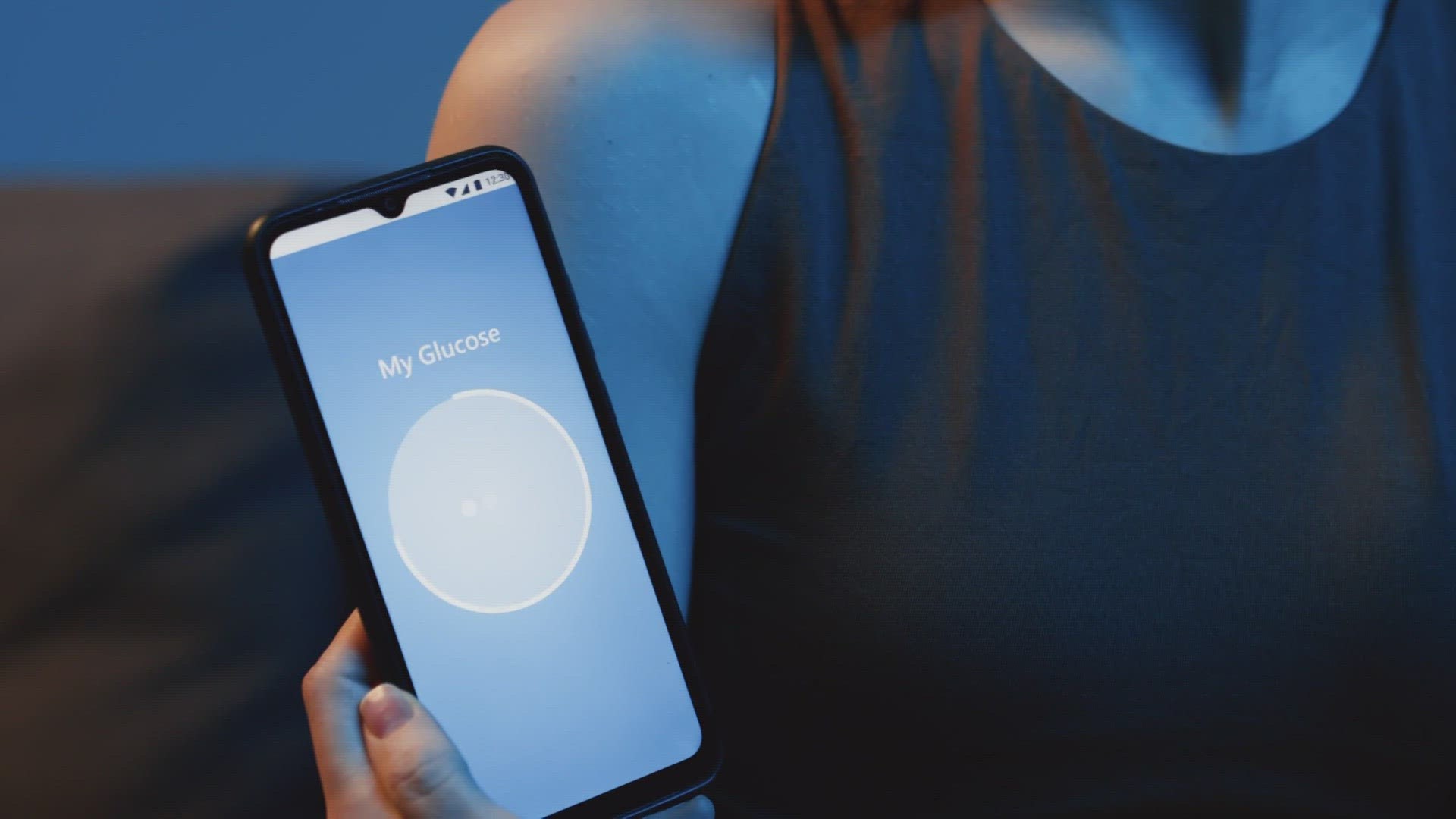MEDINA, Ohio — Chances are you know someone who's diabetic, and maybe you're familiar with how they must routinely check their glucose levels during the day to manage their disease.
Some have to do multiple finger sticks a day. Now, there are several continuous glucose monitors on the market, and a couple of Discount Drug Mart pharmacists — Chris Peshek, PharmD, RPh; and Nimesh Patel, RPh, MBA — had the opportunity to test them.
Neither is diabetic, but both were eager for the hands-on experience.
"We jumped on that opportunity for all sorts of different reasons — curiosity, education, trying to see things from the patient's perspective," Peshek, who is the director of pharmacy operations at Drug Mart, said.
Unlike the finger stick method, these devices are wearable and give glucose readings 24/7.
"Once you have that CGM hooked up to your phone, you have the ability to see in real time exactly what your sugar is, but also have the ability to get alerts if you're going too high or going too low, which [is] absolutely critical for a diabetic," Patel, chief operating officer at Gentry Health Services Inc. and director of strategic planning at Discount Drug Mart, explained.
Both noticed those alerts going off frequently relating to their meals.
"That immediate feedback that my graph of blood sugar just went off the charts, and in the wrong direction, really got me much more aware and helped reinforce the need to make better decisions," Peshek said.
They also noticed how different foods impacted their bodies differently.
"I tried it out with several different foods," Patel told us. "Like for breakfast, if you're having hash browns versus a bowl of cereal, it's kind of eye-opening — how those hash browns can make your sugar levels go up really quick, even down to the types of fruits you eat, having grapes versus a banana. There is a significant difference and it's really eye-opening from the standpoint of being able to have that empowerment to understand how your body's reacting and this is a way to really customize and individualize a program for a specific diabetic patient."
They were surprised by the lessons learned.
"I learned a little bit about portion control and I've learned a little bit about what foods to maybe stay away from if I'm not going to be active as much that day," Patel said.
Not all insurance covers these devices, and they're only available with a prescription. But Peshek noted how they could help someone who's pre-diabetic.
"Maybe if they're given a device like this early on, that helps them see that real time feedback, they could avoid diabetes because they'd have the tools they need to make better decisions," he added.

